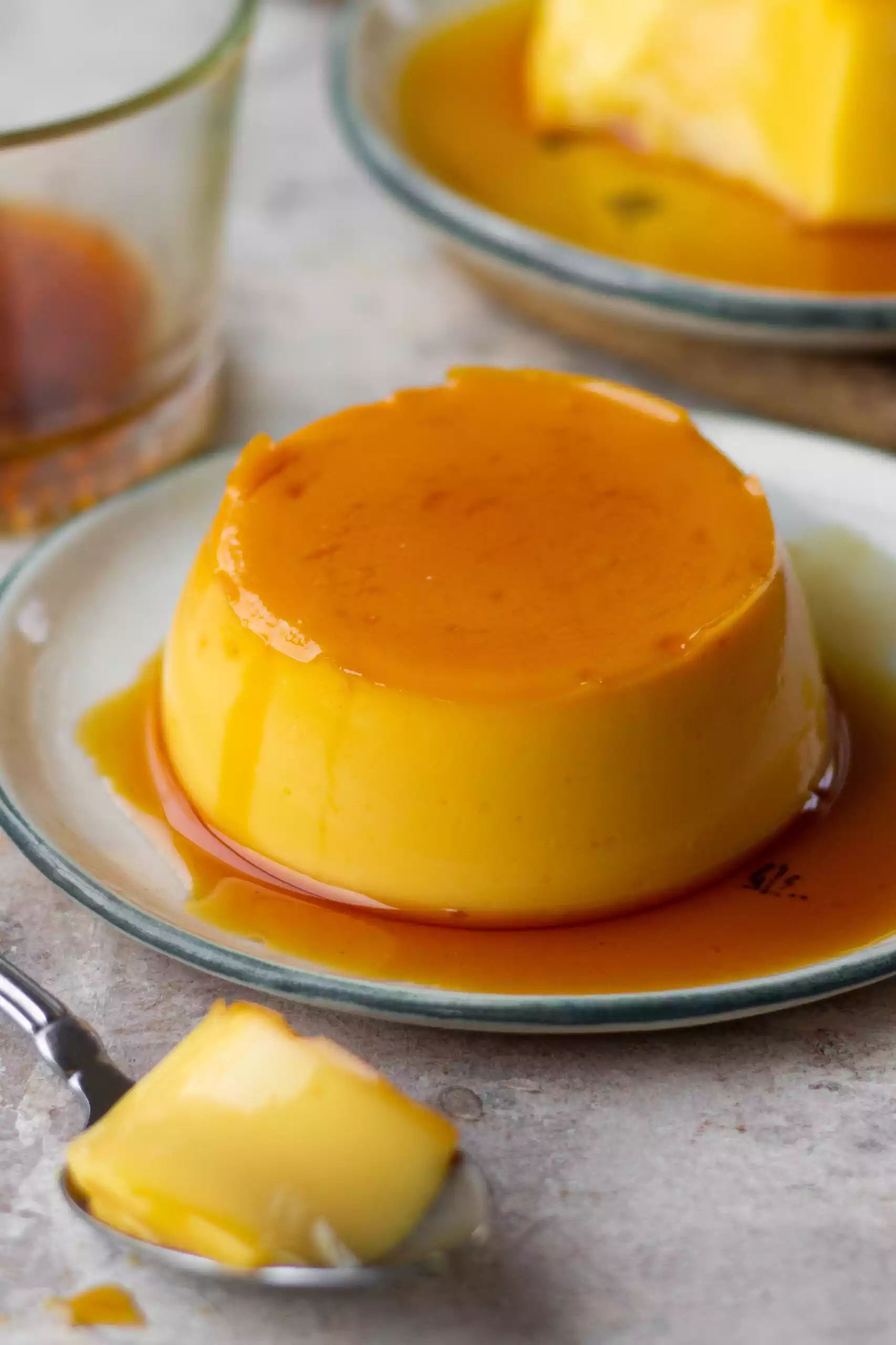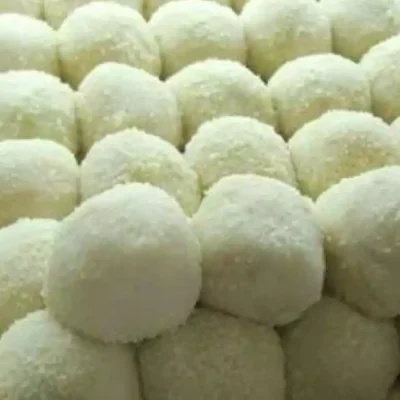Pudding is a popular and versatile dessert enjoyed worldwide, known for its smooth, creamy texture and sweet flavor. It is typically made by cooking a mixture of milk, sugar, and a thickening agent such as cornstarch, gelatin, or eggs. The mixture is heated until it thickens and then cooled to set, creating a rich, custard-like consistency.
There are many variations of pudding, each offering a unique taste and texture. Some of the most common flavors include vanilla, chocolate, butterscotch, and caramel. Vanilla pudding, made with vanilla extract or vanilla beans, is known for its classic, comforting flavor, while chocolate pudding, made with cocoa powder or melted chocolate, is a favorite for its rich and indulgent taste.
In addition to these traditional flavors, puddings can be customized with a variety of ingredients such as fruits, nuts, spices, and liqueurs. For example, rice pudding incorporates cooked rice for a unique texture, while bread pudding uses stale bread soaked in a custard mixture before baking, creating a warm, hearty dessert.
Pudding is often served chilled, making it a refreshing treat in warm weather, but it can also be enjoyed warm, especially varieties like bread pudding or rice pudding. It can be eaten on its own, layered with fruit or whipped cream, or used as a filling for pies and tarts.
Nutritionally, pudding can range from a simple, low-fat dessert to a richer, more indulgent treat, depending on the ingredients used. Traditional recipes using whole milk and sugar are higher in calories and fat, while modern variations can be made with alternative sweeteners and dairy-free options to cater to dietary preferences and restrictions.
In many cultures, pudding holds a nostalgic place, often associated with childhood memories and comfort food. It is a staple dessert in American, British, and many other cuisines, enjoyed by people of all ages.





Leave feedback about this